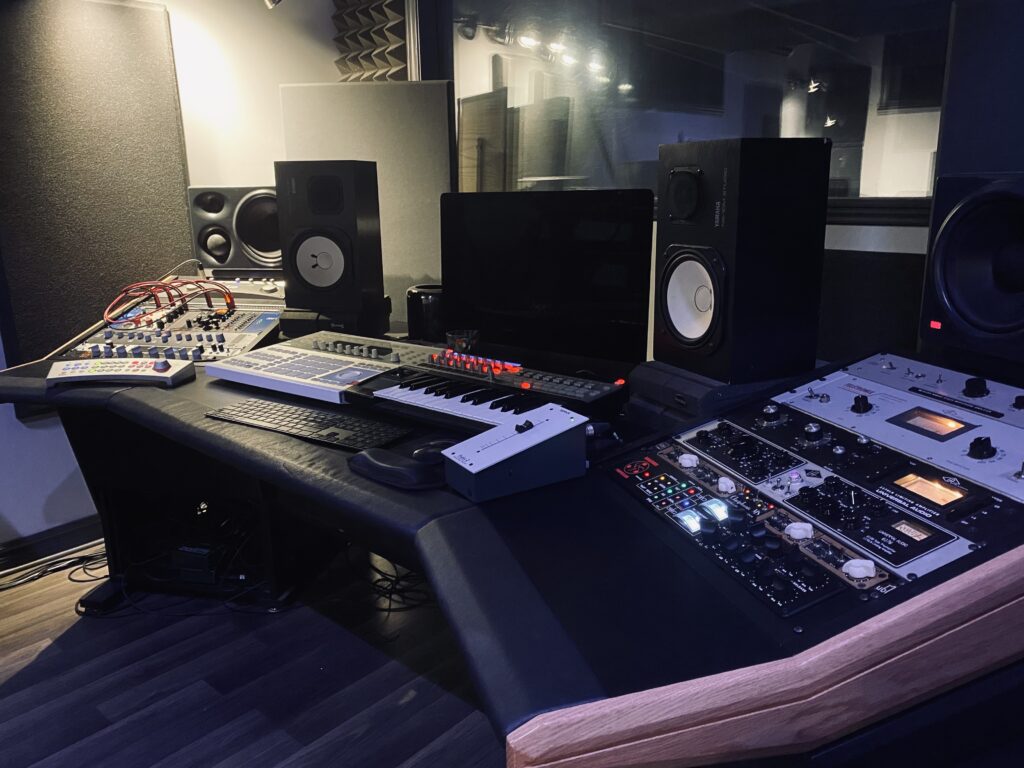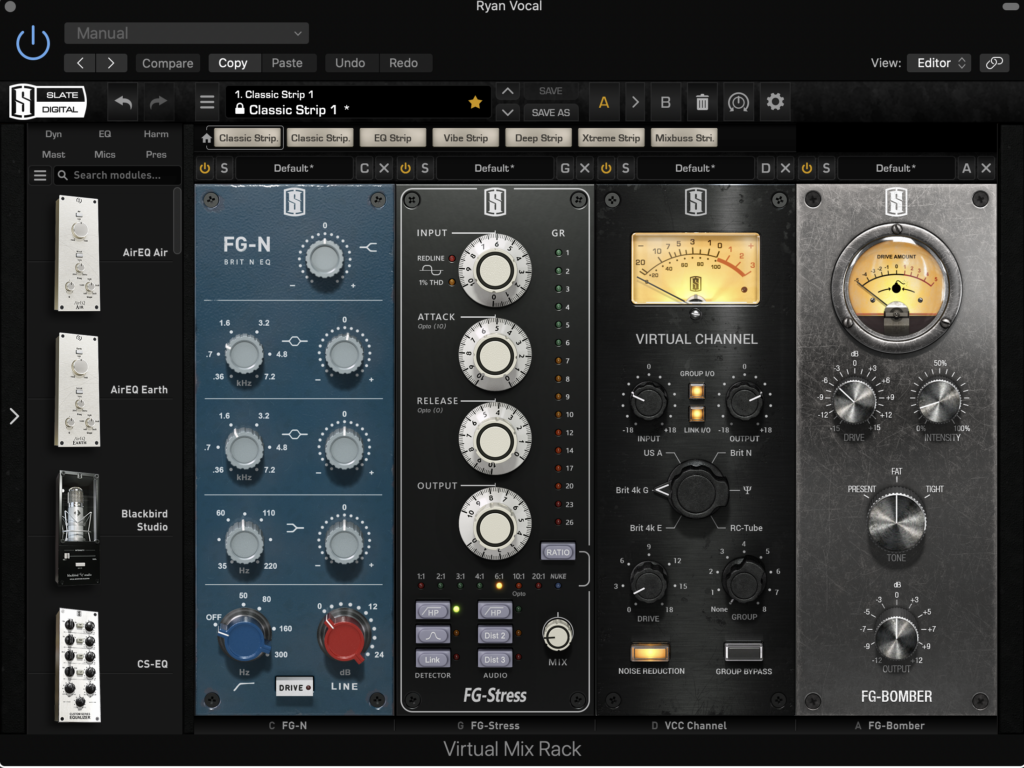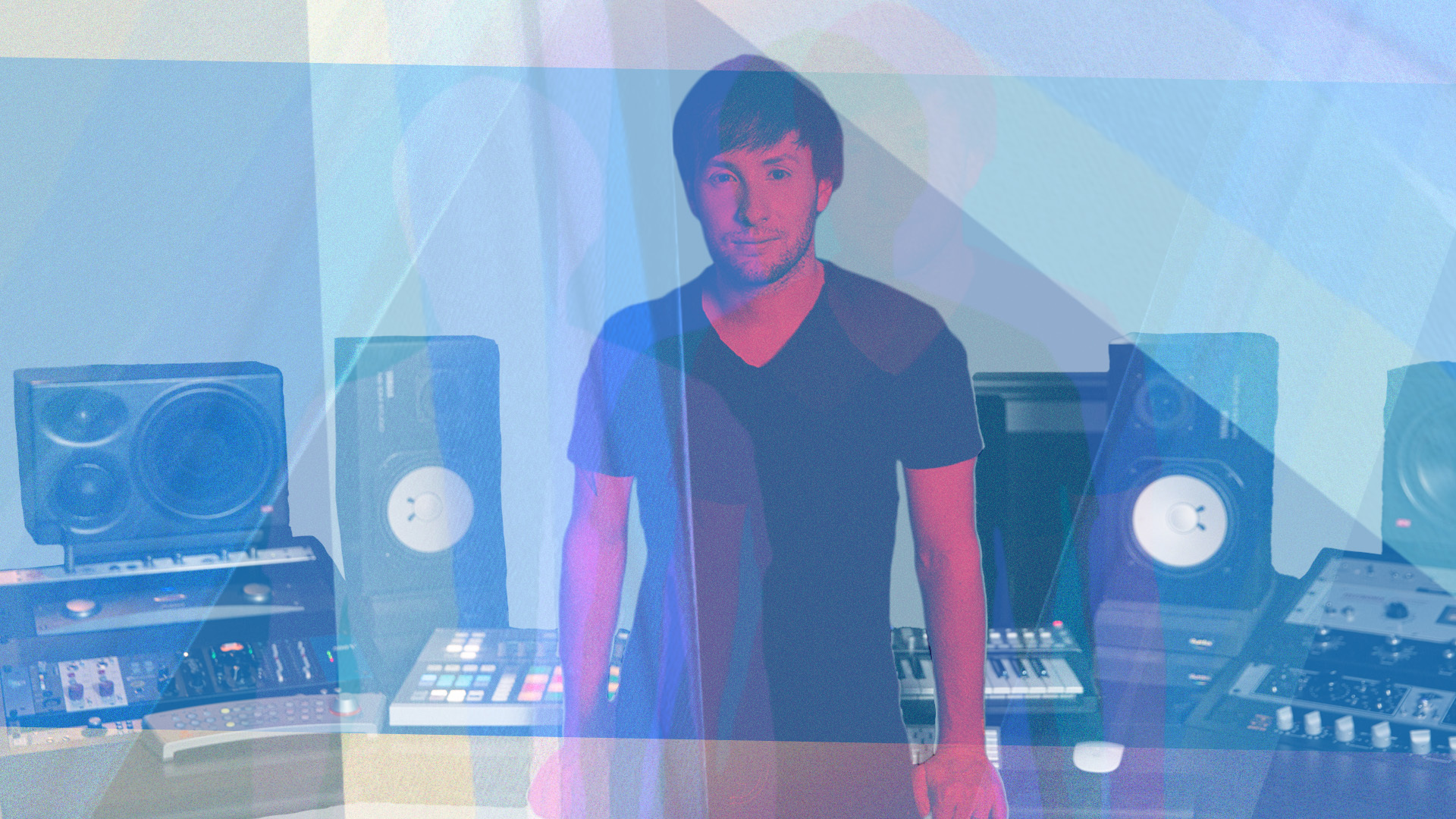John Nathaniel is an award-winning Canadian songwriter, producer and mixer who has worked with some of the music industry’s biggest names. John spoke with us about working with OneRepublic and why being forced to read music almost made him quit music for good.
Drew Van Buskirk: What first set you on your path in the studio? Did you start in songwriting or in production?
John Nathaniel: Songwriting came first, but it wasn’t long before I got really obsessed with what makes a record a “record,” you know? I was studying transitions, how instruments sit together in the mix, the relationship between tracks, what the drums should sound like…I got obsessed with those details, which led me to production. Then later, out of necessity, I got into mixing. I’m a bit of an obsessive person, and I like to really shape things as I hear them.
DV: Was there any sort of sound that you went to first? Was there anything that caught your ear out of the gate, or did just the broad appeal of music call to you?
JN: I grew up listening to classical music and took two years of classical piano when I was five years old. My teachers were very into the whole “You gotta read the music to learn it” approach, and I was never into that. I liked to learn by ear, so that style of instruction kind of turned me off to the point that I didn’t touch another instrument for about 10 years. Discipline and rules like that can be hard on kids.
Then, when I was 15 years old, I picked up a guitar and became obsessed with rock and punk rock. Later in life, I got into more styles of music, and now I listen to any genre of music. If it’s good, it’s good. There’s good in everything.
DV: I totally agree. It sounds like you and I got off to a very similar start. I had a not-so-great piano instructor that employed a very strict, rigid approach to my lessons, and it stripped a lot of the fun out of the instrument.
JN: Right, and if you take the fun out of it, there’s no magic. When I walk into the studio, I don’t want it to feel like a job. Obviously there are parts that feel more like a job when you’re editing and trimming, but at the end of the day we’re just people that are really passionate and really happy to be making music. If you take the joy out of it, especially as a kid, what else do you have, right?
DV: When thinking about the magic of music, do you recall the first ‘Aha!’ moment where a lightbulb went off and you were like, “This is what makes a record.”
JN: I think the first lightbulb to go off was definitely an arrangement and production thing. Of course there’s no one way to do it, but a big moment was when I learned how to manipulate energy and create contrast between sections. That became a go-to technique for me that I still use to this day.
DV: Is that something that you naturally found?
JN: It definitely came from a songwriter mindset. If I’m mixing a record and I see the verse has way too many layers and it’s overproduced, I’ll have a talk with the artist or producer and say, “Hey, how do we feel about stripping down the verses a little bit so the chorus can expand instead of staying kind of linear?”
DV: When you’re working with an artist and having those conversations, do you find that having a pre-established relationship with the person in question makes those moments easier? Or is some friction sort of unavoidable?
JN: Most of the time artists and I get along really well. Sometimes we’ll disagree on something, and that’s okay, but most of the time we have very similar mindsets. In fact, I actually think our differences make us stronger and better collaborators, because we can kind of bring a different flavor to each other’s projects.
DV: When it comes to mixing artists that you’ve worked with frequently, have you stumbled upon any general “rules” that apply across multiple sessions, or is each mixing session inherently different?
JN: There’s always a common element in every mix situation, and there’s always a different element as well. Rule of thumb is, be mindful of levels and pannings, understand the arrangement and the role of each layer. When working with an artist like OneRepublic, it’s always lovely because their songs are so good that it makes my job a breeze. The challenges vary from project to project.
For example, with OneRepublic, we can get incredibly technical when needed. We have moments where we tailor reverbs extensively and get incredibly nuanced with the length of tails on certain words. We also get wild with automation! I’ll sometimes EQ and compress sentences differently for feel and tone. In the end, most artists respond to emotion and if you keep your focus on that when you mix, you rarely go wrong.
That’s kind of the way I work for any artist. There’s no one emotion—the song can be exciting, it can be sad, it can be joyous, it can be anything. Understanding the energy of the record is always the name of the game.
DV: How do you balance technique and emotion in your mixes?
JN: Context is key. When you start off as a mixer, it’s all about fireworks and trying to show off your skill. You tend to be really bombastic with everything. Then, as you evolve, you start dialing back and say, “Hey, I’m going to service the song and get things out of the way.” You realize that the decisions need to be cohesive and it’s not just about having a massive kick or snare, it needs to be the right fit for the record.
I generally mix in two steps. The first step is creative. I enhance the musicality and energy of the record, experiment with the balances and shape tones. The second part of the mix is the clean up and leans a bit more on the engineering side. It mainly consists of getting things out of the way of the focus point of a section, which is very often the vocals or a riff or hook.
Focal points are everything in a mix. I really believe that trying to make everything present will not give you a musical mix. You can tell a story with levels and tell the listener what to focus on in a specific moment. Learning that lesson was a game changer.
DV: That makes a lot of sense. Are there any parts of the mixing process that you like more than others?
JN: Oh yeah. The part I like the most is that first moment when the mix starts to sound like a record. It’s not necessarily finished, and it needs a little polishing, but that moment where that chorus hits you and you feel that emotion. Every time that moment hits I feel like a kid. It’s almost like, “Wow, I can’t believe this is happening.” It happens every day, but somehow every time feels like the first time.

John’s main workstation at his Montréal studio
DV: Do any recent projects that you’ve worked on stand out as real highlights for you? Is there anything that was a particularly notable experience?
JN: I honestly cannot think of just one. There’s a lot of songs that I’ve loved throughout the past few years. There is one in particular that really resonated with me: “Wild Life” by OneRepublic. It’s just a beautiful song, man. It’s also got a good message in the lyrics and I love the contrast between sections. It was a pleasure to work on it!
DV: When I Iisten to your work, everything always sounds so balanced and round; it’s very whole. Nothing ever feels like it’s missing or out of place. Your low-end always feels supportive, and your high end is always sparkling. Is that a concentrated effort?
JN: Thank you for the kind words. To achieve good top end, I’m a big fan of controlling resonance. For me, it’s all about nailing the relationship between your high end and your high-mids. If your high-mids are harsh, your top end is going to be harsh, too. Generally, when you’re boosting top end, you’re doing it with a broad band musical eq, which also grabs a bit of mids in the 3k-5k range. If there’s harshness there, it’s going to get magnified, so you need to control that area before you start boosting air. For low end, it’s a game of balance and support of elements. Tracks need to work rhythmically and tonally.
DV: Speaking of boosting air, you’re a fan of our Fresh Air plugin.
JN: Yeah, I really like it! It’s actually on the mix bus on OneRepublic’s “Savior.”
DV: Do you use other Slate Digital plugins in addition to Fresh Air?
JN: The Virtual Mix Rack is in 98% of my projects. The Custom EQ is fantastic. The 10k is really special there, and the 4k is great too. It does something unique that I don’t hear on other EQs. I also love FG-Stress, FG-Bomber, the pre-amps offer incredible saturation, FG-2A, Custom Opto, VTM, MO-TT, Murda Melodies, the list goes on! So much greatness!
I used quite a few Slate Digital plugins on OneRepublic’s new single “I Ain’t Worried”! On the high percussion group, I added an instance of the VCC (Brit 4k G) to push a bit of drive for harmonic enhancement. I also put the Virtual Mix Rack on Ryan’s lead vocal. There, I pushed the mid-range with FG-N, enhanced some low level information and excitement with FG-Stress, introduced more harmonic enhancement with VCC and a then bit of transient excitement with FG-Bomber so the vocal feels more “active”.

John’s Virtual Mix Rack setup for Ryan’s lead vocal
DV: How big do your projects usually get? How deep are your Logic sessions going?
JN: I’d say somewhere around 150 tracks is very manageable. Over that, I like to start printing to manage CPU. For example, I like to print groups of vocals (or choirs), but I still want to be able to control harmony.
So I’ll bounce let’s say 10 tracks together where everybody is singing the same note in unison. Then I’ll do that for each note in the harmony voicing. So instead of having maybe 20-30 tracks, I’ll only have three or four (stereo), but I still control the balance of the harmony.
DV: Do you like to take a “commit it and print it” approach as soon as you’re happy with something?
JN: The little details in the background and tracks of secondary importance, I can commit very early on to manage CPU. If I do tweak anything on those, it’s going to be very minimal. Lead vocals, kick, snare, bass or anything that’s a “main track”, I rarely print…But getting into the habit of not keeping 8 plugins on a transition effect (like a white noise or a lifter) and printing it will really help your session run in a smoother way.
DV: If you had to narrow it down to one, what would you say is the most important element of a mix?
JN: In most cases (in pop), the lead vocals—but at the end of the day, I think the most important element of any mix is the actual song. Sometimes, as a mixer, you can forget that if you are only approaching it from a sonic perspective or only focussing on one thing, you won’t necessarily make the best decisions. If you take care of listening to the lyrics and think, ‘What is the lyric saying, and what kind of energy do I want here,’ chances are you’ll make better choices. The broad strokes are more important than the fine tuning of single elements.
DV: Are there any “studio hacks” that you’ve discovered that you think every producer would benefit from knowing that might not be common knowledge?
JN: I mean, there is nothing that hasn’t been said that I can add to but I’ll say this : less is more. The more you layer, the smaller your elements have to be, because at the end of the day you only have so much frequency space to work with. I would say layer less, and spend more time choosing your sounds. That would be the best hack that I’ve ever learned as a producer. That and the importance of harmony and proper voicing distribution. Understanding that every note in your song adds to your chords, so be mindful of every part!
JN: One of the best ways to get objective again is by walking away. Some people need hours, a day, a week, everyone is different….I personally only need a couple of hours and need to change the environment by leaving the studio and doing something different to shift my focus. Objectivity when mixing a record is important and re-listening to your record with fresh ears will make you envision certain things through a different lens.
DV: Before we finish up, what’s one piece of wisdom you would give your 15-year-old self, when you were first picking up that guitar and getting started?
JN: Treat others kindly and with respect. Value professionalism and loyalty for you and for others. Also, we don’t talk about it enough, but protect your mental health. Your mental health matters. Only accept projects where you’re treated fairly—saying no to stuff you’re not comfortable with is okay. You should listen to your gut feeling. Work on things that you’re passionate about so you can really put your heart into it!
Art is beautiful, and making music makes me happy every day. I’m sure a lot of people feel the same. The business can be tough sometimes and some people aren’t always fair or kind, but don’t let that get you down and kill the magic within you. There’s also some wonderful people! Surround yourself with those people, treasure them, value them, and stick to that.



